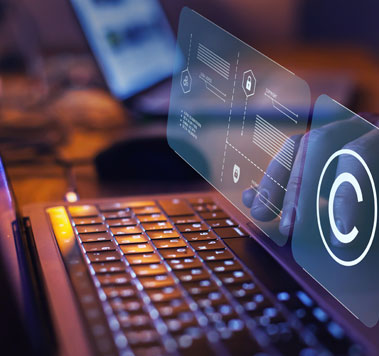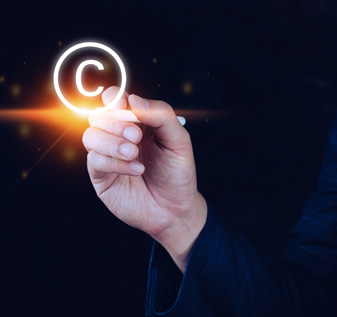The fair use defense for copyright allegations
A copyright case provides an example of the fair use defense.
Copyright laws must preserve a protected work without stunting the progress of science and useful arts. This is not an easy balance. One legal doctrine that was developed to help courts achieve this balance was the doctrine of fair use.
This doctrine can be used as a defense to claims of copyright infringement. Google provides a recent example.
The fair use defense in action: Oracle v. Google
Google was accused of infringing on the copyright protections of Oracle for its use of Java. Java is a platform used to run programs. It basically serves as a translator and allows software on a hard drive to communicate. This case deals specifically with the Java Virtual Machine and the Java Application Programming Interface (API). This is a prewritten program that serves a shortcut for programmers.
The Java programming language itself is free. However, the parent company, Oracle, charges a licensing fee to those who use the API within an electronic device.
Google attempted to negotiate a deal to include the use of APIs within its Android software platform. Google was unable to reach an agreement with Oracle. Ultimately, Google chose to copy the APIs verbatim without Oracle’s approval. The United States Court of Appeals for the Federal Circuit held the APIs were subject to copyright protection.
It is undisputed that Google copied Oracle’s work. The question is whether this action falls within the fair use argument. This defense generally involves four factors: purpose and character, nature, amount used and the market harm. The burden of proof is with the accused. Thus, Google must establish all four claims to succeed. The court applied its analysis to the four elements as follows:
- Purpose and character of the use. Generally, a finding of commercial use weighs against the accused. However, this analysis depends on the degree of the exploitation for commercial gain. The court found that in this scenario, the commercial use was sufficient to weigh against Google. The court must also consider whether the use was transformative. The court also found in favor of Oracle on this matter, noting the use of the APIs within the Android platform was not transformative enough to satisfy this element. The analysis also includes an evaluation of good faith and fair dealing. Ultimately, the court finds Google acted in bad faith, further defeating the purpose and character element.
- Nature of the copyrighted work. This element reviews the creativeness behind the work in question. The analysis states the use of code was creative, but notes this element generally bears less weight compared to the others in the overall consideration of the fair use defense.
- Amount and substantiality of the portion used. The parties stipulated that Google needed 170 lines of the code to write the needed language for its product. Google copied 11,500 lines. If the intended use of the copyrighted material is transformative, the extent of copying allowed will vary. However, since the court already established Google’s use was not transformative, this element was not met.
- Market harm. Google took the programming language and created a product that was in direct competition with Oracle. This was one of many pieces of evidence used to support the finding that Google’s use caused “a substantially adverse impact on the potential market for the original.” This final element weighed most heavily against Google.
A review of these four factors led the court to find Google’s use was not fair as a matter of law. As such, this defense strategy did not survive.
The case provides a valuable lesson for anyone navigating a copyright issue. Those who are navigating a high stakes copyright infringement case may take this or other defensive strategies into consideration. An attorney experienced in these matters can review this and other options and craft a strategy to your situation.








